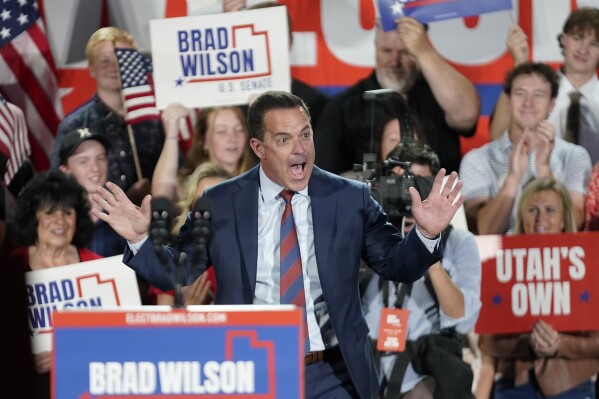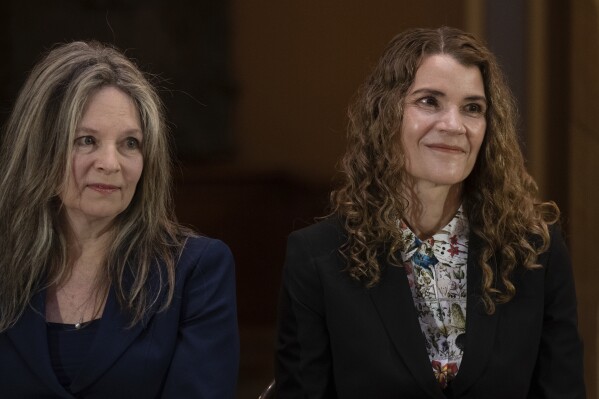Planning for potential presidential transition underway as Biden administration kicks it off
WASHINGTON (AP) — President Joe Biden’s administration on Friday formally began planning for a potential presidential transition, aiming to ensure continuity of government no matter the outcome of November’s general election.
Shalanda Young, the director of the Office of Management and Budget, sent memos to all executive departments and agencies, directing them to name a point person for transition planning by May 3. It’s the routine first step in congressionally mandated preparedness for presidential transitions.
Next week, White House chief of staff Jeff Zients — who also chaired Biden’s 2020 transition effort — will lead the first meeting of the White House Transition Coordinating Council, which consists of senior White House policy, national security and management officials, as required by the Presidential Transition Act.
The act provides federal support for major party candidates to prepare to govern so that they can have personnel in place to take policy actions on their first day in office. Making sure presidential candidates are ready to take charge of the federal government became a heightened priority after the Sept. 11 attacks, and the act has been updated several times since to provide additional resources to candidates and to require incumbents to plan for a handoff with even greater intensity.
Young’s letter is nearly identical to the one sent four years ago by Trump administration acting director Russell Vought, for a transition process that started out orderly, but derailed when then-President Donald Trump refused to concede his defeat to Biden. It took until Nov. 23, two weeks after the election was called, for Trump’s General Services Administration to name Biden as the “apparent winner” of the 2020 race — a required step for the transition to begin.



The law requires presidential candidates and the General Services Administration to reach a memorandum of understanding that governs everything from the provision of federal office space to access to sensitive documents by Sept. 1, though often it is reached sooner. Candidates must first formally secure their party’s nomination at their conventions before the memorandum of understanding can be signed.
Transition teams begin vetting candidates for jobs in a future administration, including beginning the time-consuming security clearance process for likely appointees who need to be ready to take their posts on Inauguration Day.
Biden in February launched a separate task force aimed at addressing the “systemic” problem of mishandling classified information during presidential transitions, days after a Justice Department special counsel’s sharply critical report said he and his aides had done just that when he left the vice presidency in 2016.
Disclaimer: The copyright of this article belongs to the original author. Reposting this article is solely for the purpose of information dissemination and does not constitute any investment advice. If there is any infringement, please contact us immediately. We will make corrections or deletions as necessary. Thank you.


